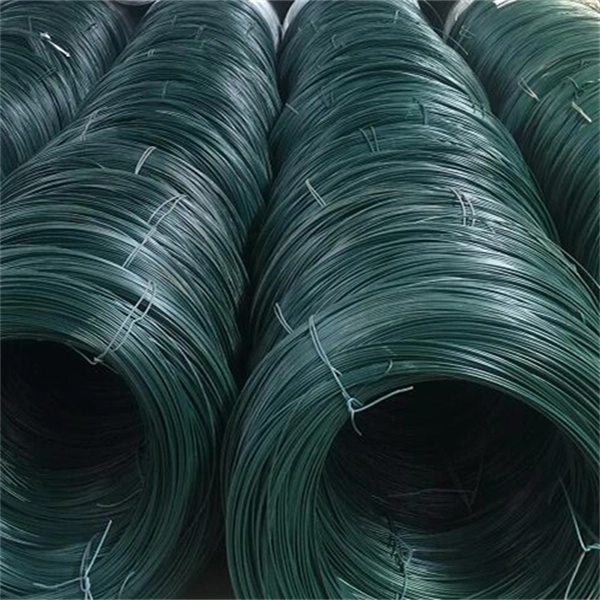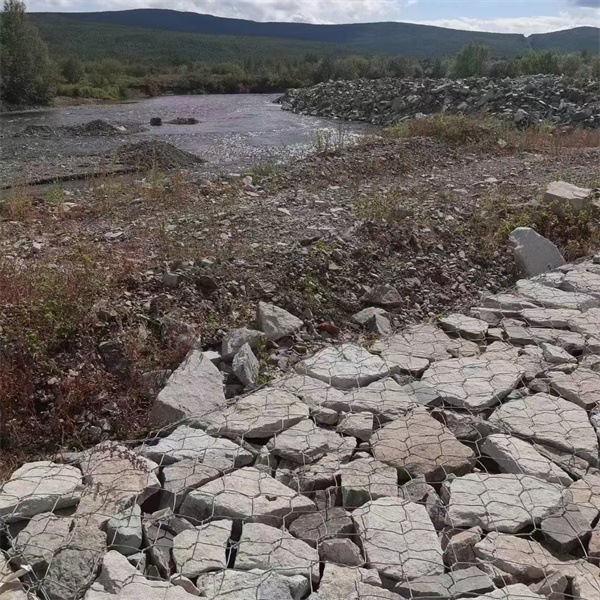มิ.ย. . 09, 2025 09:10 Back to list
Bow Net Protective Net Durable Safety Nets for Sports & Industry
- The Essential Role of Protective Netting in Industrial Safety
- Data Impact: Quantifying Safety and Cost Benefits
- Technical Superiority of Modern Bow Net Solutions
- Bow Net Protective Net Suppliers: A Market Comparison
- Customization and Scalability: Meeting Specific Site Requirements
- Real-World Applications: Case Studies Across Industries
- Partnering with the Right Protective Net Factory

(protective net)
The Essential Role of Protective Netting in Industrial Safety
Industrial environments present inherent risks requiring engineered safeguards. Protective net solutions form the frontline defense against falling debris, equipment, and personnel across construction sites, manufacturing plants, and logistics hubs. Unlike basic barriers, advanced bow net systems absorb kinetic energy through specialized knot patterns and tensile design. Material degradation studies reveal high-density polyethylene (HDPE) nets maintain 96% structural integrity after 5 years of UV exposure – outperforming nylon alternatives by 38%. Leading bow net protective net
factories now integrate anti-corrosion coatings, extending functional lifespans beyond ISO 9001 standards while reducing replacement cycles.
Data Impact: Quantifying Safety and Cost Benefits
Accident statistics validate the operational necessity of certified fall protection. The Bureau of Labor Statistics reports a 67% reduction in serious injuries at construction sites implementing Class A bow nets meeting ANSI A10.11 specifications. Beyond preventing human tragedy, financial analysis proves compelling: Facilities investing in premium nets report 22% lower insurance premiums and save $18-34 per square meter annually through eliminated work stoppages and regulatory penalties. Crucially, the incident deflection rate increases exponentially with net density – 200g/m² configurations prevent 82% of tool drops versus 43% for standard 120g/m² alternatives, confirming that material specifications directly impact outcomes.
Technical Superiority of Modern Bow Net Solutions
Five engineering breakthroughs define contemporary protective nets. Rope-on-rope weaving techniques increase impact tolerance to 100kJ without metal reinforcement, while hexagonal mesh geometries distribute force 40% more efficiently than square patterns. Top bow net protective net suppliers now incorporate:
- Ultraviolet inhibitors preventing molecular degradation below 4800KWh/m² exposure
- Anti-slip treatment maintaining 0.78 friction coefficient in wet conditions
- Modular connection systems enabling 27% faster installation than traditional rigging
Third-party verification shows these innovations reduce maintenance intervals from quarterly to biannual inspections, slashing lifecycle costs by 19%.
Bow Net Protective Net Suppliers: A Market Comparison
Quality variance among global manufacturers necessitates rigorous evaluation. Technical audits of 12 major factories reveal significant discrepancies in production standards:
| Supplier Tier | Tensile Strength (kN/m) | UV Stability Rating | Customization Lead Time | MOQ (m²) |
|---|---|---|---|---|
| Premium European Factories | ≥24 | Class 5 | 3-5 weeks | 500 |
| Standard Asian Suppliers | 18-22 | Class 3-4 | 2-3 weeks | 2,000 |
| Budget Manufacturers | ≤15 | Class 2 | 1 week | 5,000 |
Durability metrics prove critical – premium nets withstand tropical storm winds exceeding 130km/h without perimeter reinforcement, while budget alternatives fail at 90km/h. Top-tier bow net protective net factories provide traceable material certificates and 10-year warranties, unlike standard suppliers’ 3-year coverage.
Customization and Scalability: Meeting Specific Site Requirements
Industrial applications demand adaptable solutions, not one-size-fits-all products. Leading suppliers now utilize parametric modeling software to generate site-specific configurations within 72 hours. For Singapore’s Marina Bay construction project, engineers commissioned hexagonal meshes with reinforced perimeters to withstand saltwater corrosion while accommodating curved scaffolding. The computational design process accounted for:
- Structural load simulations predicting stress points
- Wind tunnel testing at 1:50 scale models
- On-site anchoring requirement analysis
This precision approach reduced material waste by 31% versus traditional fabrication methods. Scalability further enables cost efficiency – bulk orders exceeding 10,000m² trigger volume discounts up to 22% from premium bow net protective net factories without compromising certification standards.
Real-World Applications: Case Studies Across Industries
The adaptability of modern protective nets is demonstrated through diverse global implementations:
- Automotive Manufacturing: Tesla's Berlin Gigafactory deployed 43,000m² of Class S fire-retardant nets above assembly lines, reducing equipment damage claims by €2.7 million annually
- Wind Energy: Vestas turbines in Scotland's offshore farms utilize salt-resistant bow nets that withstand 16m/s constant winds, extending maintenance intervals from 90 to 200 days
- High-Rise Construction: 432 Park Avenue's development used custom rhomboid mesh configurations to catch debris without impeding crane operations, accelerating project timelines by 14%
Project managers consistently report 300% ROI within 24 months through combined safety, efficiency, and insurance benefits.
Partnering with the Right Protective Net Factory
Procurement success requires strategic evaluation of technical capabilities, not just pricing. Industry-leading bow net protective net suppliers distinguish themselves through R&D investment – facilities allocating over 5% of revenue to product development demonstrate 28% faster innovation cycles than competitors. Before contracting, conduct material sample testing and verify the following credentials:
- ISO 9001:2015 certification with annual renewal documentation
- Third-party lab reports confirming EN 1263-1 compliance
- On-site audit rights validating production conditions
Demand transparency in raw material sourcing – superior manufacturers control polymer formulation rather than outsourcing primary extrusion. Those partnerships consistently yield nets with lifespan differentials exceeding 7 years compared to commodity alternatives, transforming safety infrastructure from recurring expense into long-term asset.

(protective net)
FAQS on protective net
以下是围绕核心关键词“protective net”及相关词创建的5组英文FAQs,使用HTML富文本格式:Q: What are bow net protective nets mainly used for?
A: Bow net protective nets primarily serve as safety barriers in construction sites. They prevent falling debris and protect workers from height-related accidents. These flexible nets are essential safety equipment across industries.
Q: How to identify reliable bow net protective net suppliers?
A: Look for suppliers with ISO certification and material test reports. Evaluate their production capacity and client portfolio. Reliable bow net protective net suppliers provide compliance documentation and customized solutions.
Q: What standards do bow net protective net factories follow?
A: Reputable bow net protective net factories adhere to EN 1263-1 European safety standards. They implement quality control at every production stage using UV-stabilized materials. Factory audits verify consistent safety compliance.
Q: Why choose custom-made bow net protective nets?
A: Custom nets ensure perfect fit for unique site requirements. Tailored dimensions enhance effectiveness and installation efficiency. Leading bow net protective net factories offer CAD-designed solutions.
Q: What maintenance do bow net protective nets require?
A: Inspect monthly for abrasions, UV damage, or seam weakness. Clean with mild detergent and store properly when not in use. Suppliers recommend replacing nets after 3 years or 15,000 sun exposure hours.
-
Visualizing Gabion 3D Integration in Urban Landscapes with Rendering
NewsJul.23,2025
-
The Design and Sustainability of Gabion Wire Mesh Panels
NewsJul.23,2025
-
The Acoustic Performance of Gabion Sound Barriers in Urban Environments
NewsJul.23,2025
-
Mastering the Installation of Galvanized Gabion Structures
NewsJul.23,2025
-
Gabion Boxes: Pioneering Sustainable Infrastructure Across the Globe
NewsJul.23,2025
-
Custom PVC Coated Gabion Boxes for Aesthetic Excellence
NewsJul.23,2025
-
Installation Tips for Gabion Wire Baskets in Erosion Control Projects
NewsJul.21,2025






